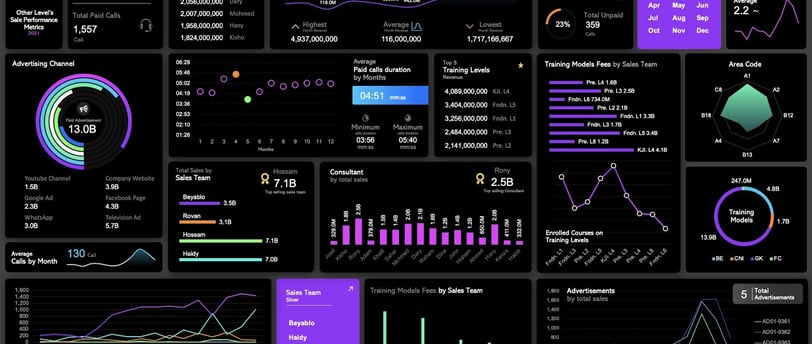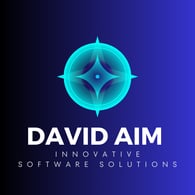David Aim – Scalable Web App Development Best Practices
David Aim shares expert techniques on building scalable, high-performance web apps. Learn modern web dev best practices now. David Aim – Scalable Web App Development Best Practices
5/7/20252 min read


Building Scalable Web Applications: Best Practices from Developer David Aim
In today's fast-paced tech world, building scalable web applications is no longer a luxury — it's a necessity. Whether you're designing a startup MVP or enterprise software, the decisions you make early on can define your app's future success. As a software developer, I, David Aim, have worked on multiple scalable systems, and in this article, I'll share the core principles that can help you build robust, high-performance web apps.
1. Start with a Solid Architecture
Before writing a single line of code, define your app’s structure. Consider a modular architecture like MVC (Model-View-Controller), or more modern approaches like microservices or serverless.
🧠 Pro Tip from David Aim: “Use separation of concerns from day one. It saves time and reduces bugs when your app scales.”
2. Choose the Right Tech Stack
Your stack determines your team’s speed and app performance. Popular choices include:
Frontend: React, Vue.js, or Svelte
Backend: Node.js, Django, Laravel, Spring Boot
Database: PostgreSQL, MongoDB, or Firebase
Infrastructure: Docker, Kubernetes, AWS/GCP/Azure
Don't pick a trendy stack. Pick one your team understands and that supports your scaling goals.
3. Optimize for Performance Early
Performance bottlenecks can cripple your app at scale. Optimize by:
Lazy loading components and images
Using caching (Redis, Cloudflare)
Compressing assets (gzip, Brotli)
Avoiding unnecessary re-renders
4. Use a Scalable Database Design
Poor schema design leads to slow queries and outages. Always:
Normalize your data (unless NoSQL fits better)
Use indexes wisely
Write performant queries and monitor slow logs
💬 David Aim says: “Databases are often the first place where scale breaks. Test your queries with real-world data volumes.”
5. Automated Testing Is Non-Negotiable
Unit, integration, and end-to-end tests must be part of your CI/CD pipeline. Use tools like:
Jest, Mocha (JavaScript)
Pytest (Python)
PHPUnit (PHP)
Cypress, Playwright for UI tests
Testing ensures your app is stable, even when the codebase grows.
6. CI/CD and DevOps Practices
Automate your development pipeline:
Use GitHub Actions, GitLab CI, or CircleCI
Automate testing, linting, and deployment
Use containerization (Docker) and orchestration (Kubernetes)
7. Monitor and Observe Everything
Use monitoring tools like:
Prometheus + Grafana
New Relic
Datadog
Sentry (for error tracking)
✅ David Aim Tip: “Logs and metrics tell the story of your app when users can’t. Don’t wait until things break.”
8. Think About SEO and Accessibility
Even if you’re building an app and not a blog:
Use semantic HTML
Add alt text for images
Ensure your app is crawlable and accessible
Improve loading speed (Core Web Vitals)
This helps with discoverability and user experience.
Final Thoughts from David Aim
Scalability isn’t just about handling traffic — it’s about building systems that evolve gracefully over time. As a developer, I’ve learned that the best web apps are not those built the fastest, but those built with future growth in mind.
If you’re building a serious product, apply these practices — and feel free to explore more tutorials and insights here at davidaim.io.
Innovate
Crafting solutions for modern software development needs.
davidaim.io © 2025. All rights reserved.
Connect






